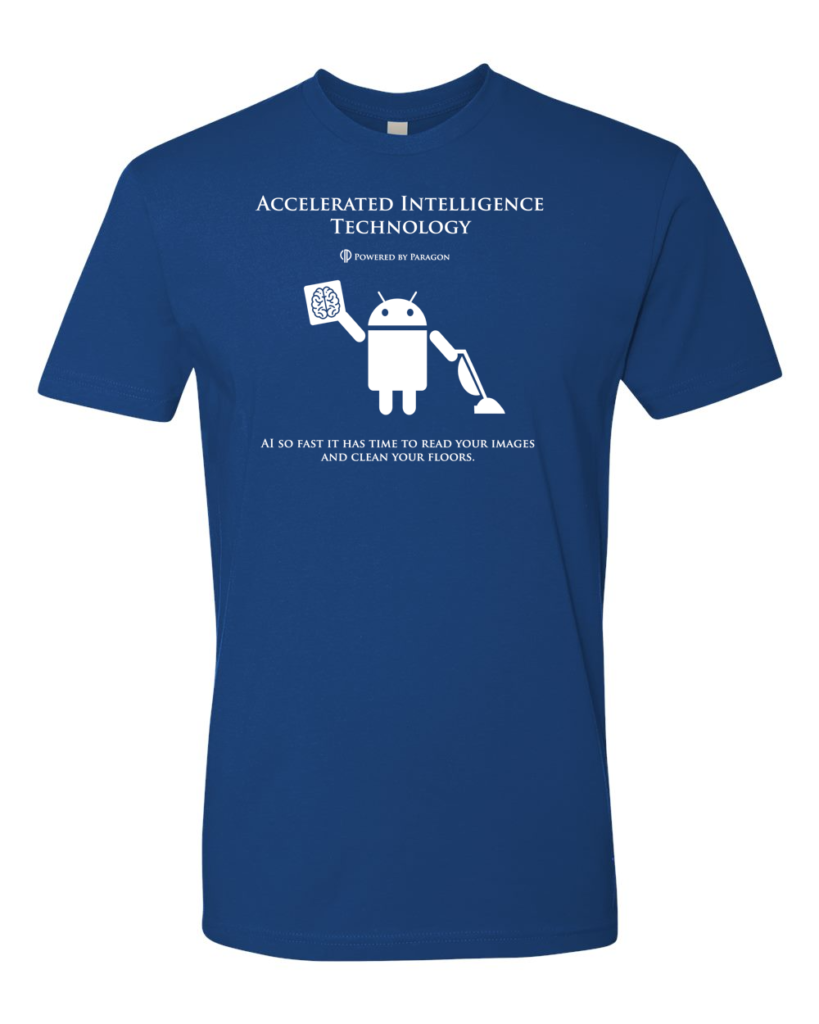From the initiation phase, to closeout, every project brings its own unique set of challenges. Each situation is dynamic and the needs for a particular project can never be addressed by a single “one size fits all” solution.
The experience of several Strings by Paragon projects, working with clients from start to finish, has offered the opportunity to obtain a different perspective into the future of the implementation approach. As expected, each client and project yielded a variety of experiences and feedback, enabling the overall solution and delivery to be further optimized and innovated for future initiatives.
Problem Statement (The Why)
With fiscal challenges and competing initiatives continuing to put pressure on budgets, the cost-benefit analysis into any new purchase of Enterprise Imaging solutions is now more important than ever. As previously mentioned, the motto “do more with less” is the consistent tune sung by the vast majority of our clients. Understanding this, Strings by Paragon implementations have ensured that every problem statement produces a measurable outcome, and has also opened new avenues for advanced application and workflow monitoring and operational reporting.
Our clients begin with a common list of gaps, some, or all of which you may be familiar with. Say,
- Application issues that are identified too late
- Questions like “why do we need to work with the vendor to identify the root cause?”
- Having too many different vendors, and none of them are working together
- An inability to access real-time or proactive reports/alerts to assist in organizational planning and troubleshooting
- A general lack of understanding of how integrated applications work together from both a technical and workflow perspective
These gaps are exacerbated when coupled with the challenge of understaffed teams juggling and prioritizing their already double-booked schedules. Outside the main duties, managing support and project responsibilities are causing an increase in application administrator burn-out, which is an ever increasing strain on the mental well being of employees and a frequent contributor to high turnover rates. So, how can we combat this?
The Process of Strings Engagement (The How)
Enterprise Imaging application administrators need tools that are intuitive and practical. Tools that will reduce their initial learning curve, and simplify their ongoing utilization. Strings by Paragon offers immediate resolution to these common use cases and problem statements. The combined experience of technical, clinical, and operational experts creates fluid discovery and design sessions focusing on the immediate success factors. The goal is to ensure that system administrators find Strings by Paragon as useful and easy to use as their phones in the early stages. As they become more sophisticated users, we want to keep administrators engaged with the application by expanding its functionality to proactively mitigate risks with their complex portfolio of applications. This is accomplished through:
- Emphasizing the importance of capturing relevant KPIs and implementing practical alerting and reporting: The main objective is to focus on KPIs that will deliver immediate results and create valuable outcomes. In addition, the implementation phase is focused on empowering administrative users to understand their complex environments on a deeper level by leveraging Strings to become an informed strategist within the organization. Understanding organization data, and having informed system administrators, places the power back on the organization and all systems at the highest level of performance.
- Working collaboratively with client administrators to define and refine KPIs and alerts: As the core KPIs are defined and implemented, there is a significant focus on the period evaluation of KPIs, alerts, and respective reporting. Organizations are constantly undergoing change, and applications with respective monitoring should be aligned accordingly. As such, Strings experts work together with the client administrators to ensure that KPIs, alerts, and reporting are tweaked on a regular basis. In addition, there are weekly collaboration sessions with the client to review alerts and establish an actionable plan to identify root cause and rectify any issues. These measures ensure the optimal value is being delivered to, and realized by the client.
- Operationalizing performance monitoring so that it becomes a valuable and ingrained routine: The general philosophy with implementation is to establish Strings by Paragon as an integral daily tool for application performance monitoring issues, and real-time operational reporting. From years of application implementation experience, it’s been proven that if a tool is not used on a regular basis, it loses its value and becomes another maintenance task in the already busy schedule, rather than alleviating some of these constraints through streamlined efficiency.
Post-Strings Results/Outcomes (The What)
To maximize the services that Strings by Paragon has to offer, customers and Paragon subject matter experts are continually identifying and fine-tuning Key Performance Indicators (KPIs). Through daily use, and establishing a weekly reporting cadence with customers, the services that Strings by Paragon offers are maximized.
For example, as data is continually being collected, analyzed, and banded, operational end-users can accurately identify why application performance indicators are not maximizing their clinical workflow needs. More specifically, technical teams can better understand what services are being under or over utilized. From there, proactive decisions can be made to prioritize one application over another.
With that knowledge, users can proactively engage in conversations to strategize how long-term improvements can be made. Strings helps clinical support teams to identify how their software applications consume hardware resources that they run on. With the valuable data that Strings delivers, the relevant management teams can communicate to the necessary technology teams on why and how performance values calculated by Strings are not fully supporting the various clinical workflow needs.
All in all, customers that have fully adopted Strings by Paragon have indicated that they are now able to identify, understand root causes, and troubleshoot problems before their clinical workflows are negatively impacted. In addition, proactive measures can be made to improve departmental productivity and efficiency.
Interested in learning more about how Strings by Paragon delivers analytics as a managed service? Subscribe to our blog to learn more.
